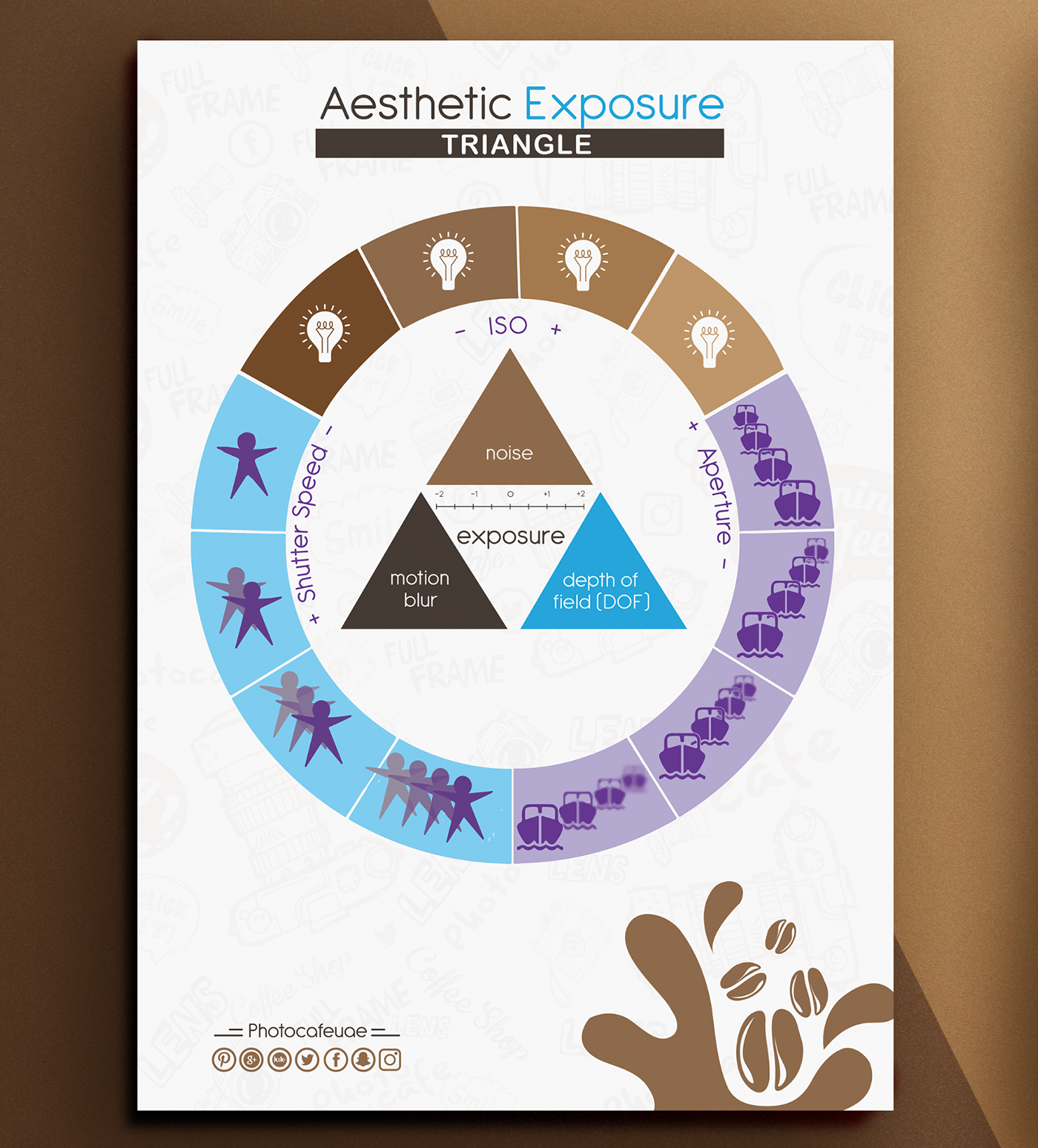Photography Tips For Beginners: Understanding Your Camera In A Snap
Photography Tips For Beginners: Understanding Your Camera In A Snap
Blog Article
Created By-Grant Bryant
When you initially get your electronic camera, it can really feel frustrating with all the setups and choices offered. http://kate132marcellus.booklikes.com/post/6567018/digital-photographers-typically-overlook-key-basics-that-can-hinder-their-development-uncover-essential-suggestions-to-boost-your-skills-and-stay-clear-of-usual-risks could find yourself asking yourself how to navigate aperture, shutter speed, and ISO successfully. Mastering these principles is critical, but there's even more to digital photography than just technical knowledge. Recognizing composition techniques and lighting conditions can raise your images considerably. So, what happens if you could find out easy methods to improve your abilities and start capturing excellent images faster than you assume? Allow's discover just how to transform your digital photography trip.
Understanding Camera Settings
Comprehending your camera settings is crucial for capturing sensational photos. When http://wayne31hue.booklikes.com/post/6567124/change-your-portrait-digital-photography-with-straightforward-methods-that-improve-lighting-and-composition-but-what-other-secrets-could-take-your-photos-to-the-following-degree pick up your electronic camera, acquaint yourself with the three primary setups: aperture, shutter rate, and ISO. Each plays a crucial role in how your photos turn out.
Start with aperture, which regulates the quantity of light going into the lens. just click the following website (lower f-number) allows extra light and develops a lovely background blur, best for pictures. On the other hand, a narrower aperture (greater f-number) keeps more of the scene in emphasis, ideal for landscapes.
Next off, concentrate on shutter speed. This setup establishes how long your video camera's sensing unit is subjected to light. A fast shutter speed freezes activity, which is terrific for action shots, while a slow shutter rate can produce sensational results like smooth water in landscapes.
Last but not least, readjust your ISO. This setting impacts your video camera's sensitivity to light. A greater ISO serves in low-light scenarios but can present sound or grain. Go for the lowest ISO possible while still attaining appropriate exposure.
Composition Methods
When you're out shooting, structure can make all the distinction in exactly how your images resonate with viewers. Beginning by using the policy of thirds; picture your structure separated into nine equivalent areas with 2 horizontal and two vertical lines. Setting key elements along these lines or at their junctions to produce balance and rate of interest.
Next off, consider leading lines. These natural lines in your scene, like roads or rivers, draw the audience's eye into the picture, leading them through the story you're informing.
Don't ignore mounting; use elements within your scene, like trees or home windows, to create a structure around your topic, adding deepness and focus.
Additionally, watch on your background. A chaotic background can distract from your main subject, while a simple one helps it attract attention.
Last but not least, experiment with balance and patterns; they can develop a striking picture that captures attention.
Learning Lighting Conditions
Mastering lighting problems is crucial for catching magnificent photos, as the best light can transform a normal scene into something phenomenal.
Beginning by observing natural light at various times of the day. Mornings and late afternoons use the best light, known as the gold hour. The soft, cozy tones throughout these times can improve your pictures magnificently.
Do not avoid cloudy days either; diffused light can reduce harsh shadows and produce a pleasing impact, specifically for portraits.
Trying out backlighting by positioning your topic versus the light source. This technique can create a fanciful halo effect and add deepness to your images.
Pay attention to your electronic camera setups too. Adjust the ISO, aperture, and shutter rate to fit the lighting problems. A greater ISO can help in reduced light, yet beware of grain.
Utilize a tripod in darker atmospheres to prevent blur.
Finally, do not neglect synthetic illumination. Flash and constant lights can be wonderful devices for regulating light in challenging conditions.
just click the following page
To conclude, grasping your cam does not need to be overwhelming. By recognizing your settings, using composition strategies, and utilizing the power of all-natural light, you'll rapidly raise your photography abilities. Keep in mind, exercise makes perfect, so get out there and trying out your newfound expertise. With time and devotion, you'll be catching sensational pictures that show your unique point of view. Appreciate the trip, and do not neglect to enjoy while you're at it!
